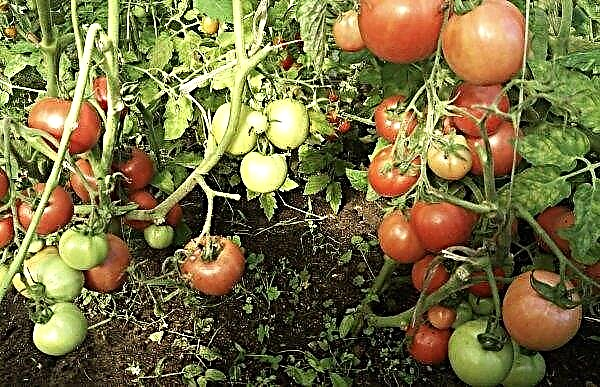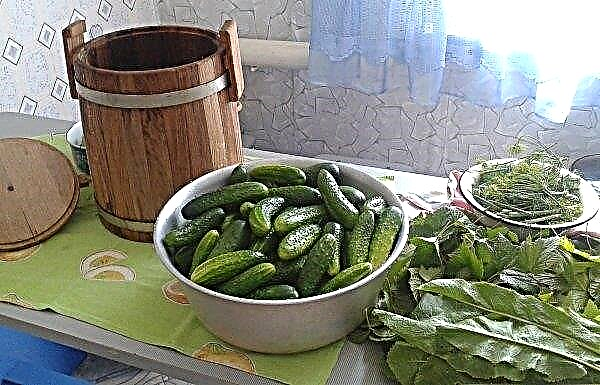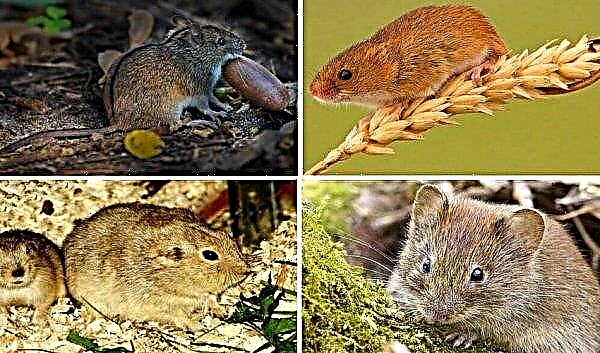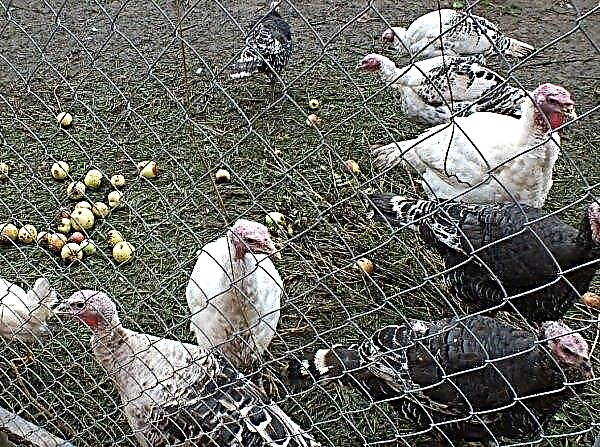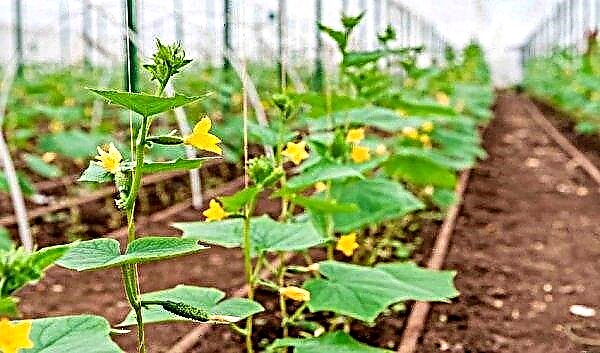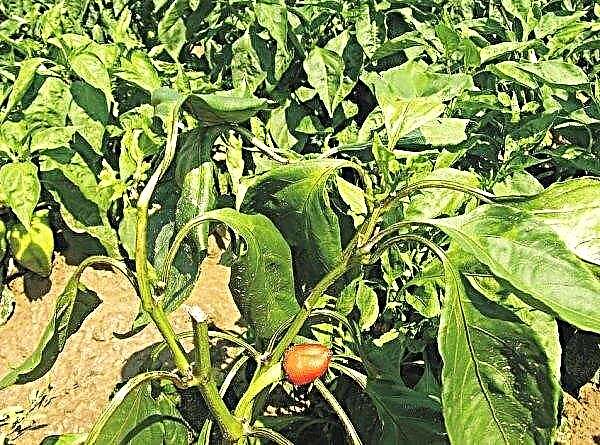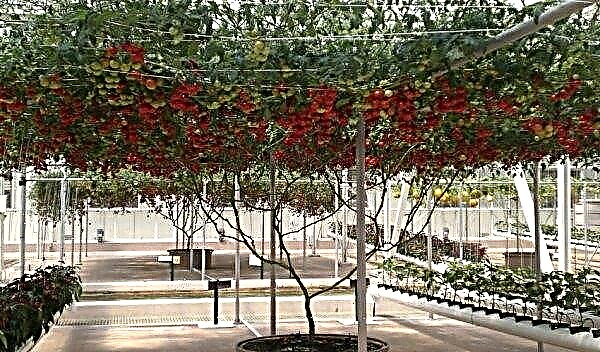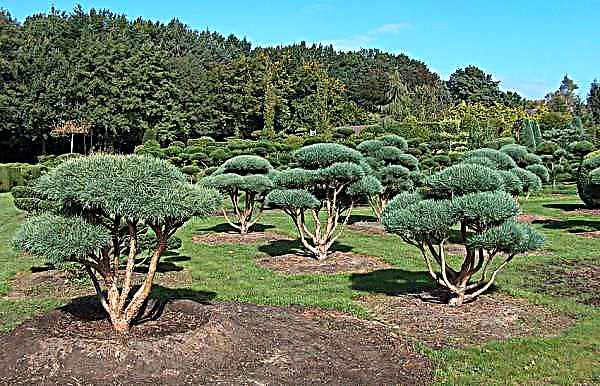Fertilizer market growth is driven by population growth and increased food security awareness in developing countries.
According to a report published by Global Market Insights, Inc., the total fertilizer market was estimated at $ 200 billion in 2019. The report provides a complete analysis of the most winning strategies, fluctuating market trends, key investment pockets, factors and opportunities, competitive scenarios, and also industry size and ratings.

The industry is segmented by form, product and application. As for the form, the market is divided into liquid and dry segments. Depending on the product, the fertilizer market is divided into organic and inorganic products, which are widely used in areas such as horticulture, agriculture and other areas. Other applications include public parks, kindergartens and lawn stadiums.
The main reasons for the growth of the fertilizer market:
1. Increased focus on organic farming.
2. The growing interest in liquid solutions in regions with water shortages.
3. The focus of product manufacturers on technological progress, strategic acquisitions, geographical expansion and cost optimization strategies.
Back in the 2nd century BC the Romans engaged in alternating crops and adding lime to the ground, and also fed the soil with nitrogen, planting beans and peas.
- In the Yaroslavl region, the latest ecologically safe fertilizers were tested, which culminated in positive results. The experiments that were carried out at the Kurdumovskoye Agricultural Production Enterprise LLC were led by the academician of the International Academy of Ecology, Human and Nature Safety Sciences, doctor of sciences, natural scientist Gennady Kosyanenko
- SCIF 2020 Congress Theme: “Innovative Technologies and Equipment for the Production of Mineral Fertilizers and Pesticides”.
- Recently, scientists from the Institute of Microbiology of the Academy of Sciences of Uzbekistan and Green biotech LLC, a joint Uzbek-American venture, have created a new generation of effective biofertilizers and biostimulants called Fosstim and Rizokom.

